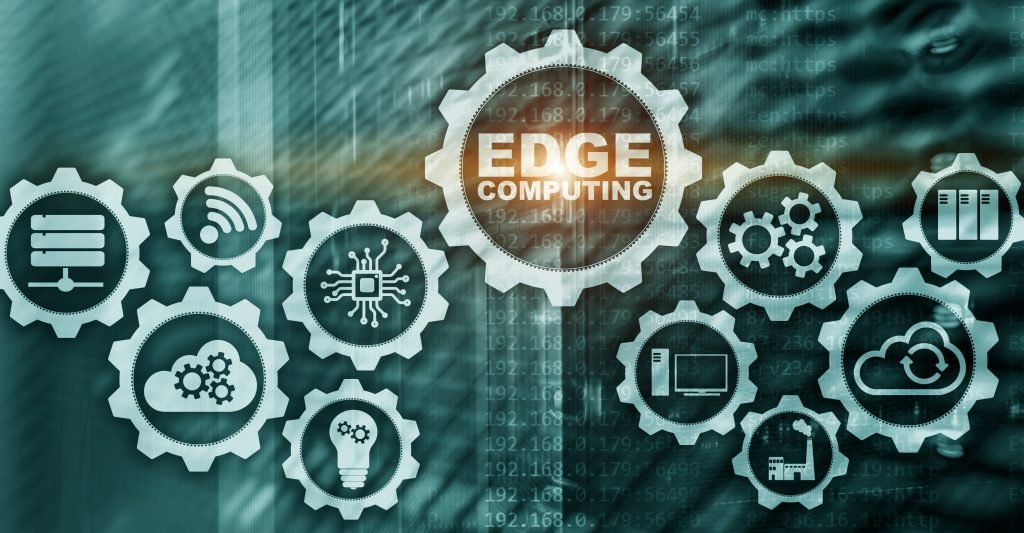
Edge computing is one of the advanced technologies in today’s world which is more focused on implementing smart works. It means edge computing is an advanced level of cloud computing model where it provides a distributed computing model to store and access the network when it is needed. It is a centralized cloud infrastructure that enables real-time processing and analysis of data. So, engineers who have a great interest in networking concepts or pursuing top computer science and design colleges in south India may have an idea about edge computing. However, in this article, you can find how edge computing is efficient and helps to enhance decision-making in engineering.
What are the key aspects of edge computing?
Bandwidth:
The number of bits per second that a network can carry over time is known as bandwidth. The bandwidth of any network is limited, but the restrictions on wireless communication are even more severe. This indicates that the number of devices or data that can be transmitted over the network is constrained in some way. Although it is possible to increase network bandwidth to accommodate more devices and data, the cost can be high, there are still (higher) finite limits, and other issues remain unaddressed.
Latency:
The time it takes to send data between two points on a network is called latency. Even though communication should happen at the speed of light, big distances and network congestion or outages can slow down the movement of data across the network. This reduces a system’s capacity to respond in real time and delays any analytics and decision-making processes. In the case of the autonomous vehicle, it even costs lives.
Offline Operations:
Applications and devices can run offline or with limited connectivity thanks to edge computing. Edge devices can continue to function even when the network connection is intermittent or temporarily unavailable by enabling local processing and storage. This capability is especially useful in situations where consistent network connectivity cannot be guaranteed or in remote locations.
Flexibility:
Distributed processing across multiple edge devices is made possible by edge computing, which results in an architecture that is both scalable and adaptable. Edge computing enables workload distribution, load balancing, and redundancy across edge nodes rather than relying solely on a centralized cloud infrastructure.
Real time data processing:
Edge computing is known for real time access. It means the edge devices and sensors can access data without the need of a centralized server. Engineers who work in various industries can benefit from this tech and the applications of this edge computing are industrial automation, driverless vehicles and monitoring critical infrastructure.
These concepts of edge computing technologies and the previous innovation of cloud computing come under your engineering course if you choose your major in networking or information technology from the best computer science and technology colleges in Coimbatore. Hope, that helps you to advance your creative skills.
How industries and engineers can make use of edge computing?
Manufacturing Field:
Edge computing was used to monitor manufacturing by an industrial manufacturer. This made it possible to use real-time analytics and machine learning at the edge to find production errors and improve product manufacturing quality. Environmental sensors were added to the manufacturing plant with the help of edge computing, which revealed how each product component is assembled and stored as well as how long they remain in stock.
Networking:
By using analytics to determine the most dependable, low-latency network path for each user’s traffic, edge computing can help improve network performance by measuring performance for users across the internet. In effect, edge computing is used to “steer” traffic across the network so that it can perform at its best when it is time-sensitive.
Office premises:
Edge processing can combine and analyze data from on-site cameras, employee security devices, and other sensors to help businesses manage working environment conditions or ensure that employees follow established safety and regulations.
Healthcare:
The amount of patient data that is collected from medical devices, sensors, and other medical equipment has significantly increased in the healthcare industry. In order for clinicians to take immediate action to assist patients in avoiding health incidents in real time, this enormous data volume necessitates edge computing, which uses automation and machine learning to access the data, disregard “normal” data, and identify problem data.
Transportation:
Autonomous vehicles need the information about their location, speed, vehicle condition, road conditions, traffic conditions. While the vehicle is moving, the data must be aggregated and analyzed in real time. Each autonomous vehicle becomes an “edge” because of this, which necessitates significant onboard computing.
Retail:
Surveillance, stock tracking, sales data, and other real-time business details can also be used by retail businesses to generate enormous data volumes. Edge computing can help with analysing of this variety of data and the discovery of commercial prospects, such as an effective endcap or initiative, forecasting sales, supplier buying optimisation, and more.
As a computer engineer from the autonomous engineering colleges you should know where you can apply your knowledge of edge computing and other concepts.
Hope, this article gives you a better understanding!
